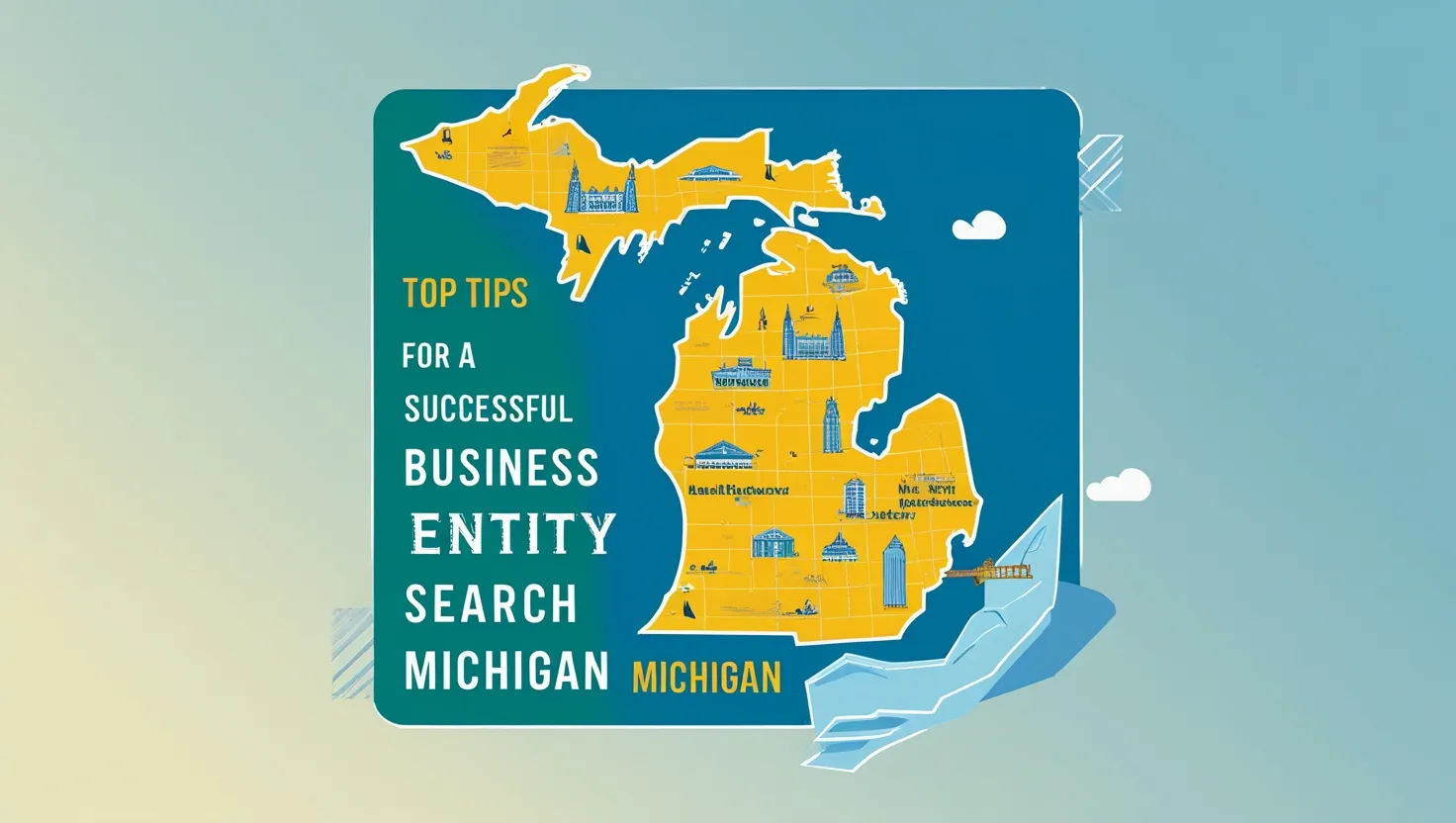Top Business Banking Solutions for Small Enterprises in 2024-Small businesses are the backbone of the global economy, and in 2024, business banking solutions are evolving to cater specifically to their needs. With technology advancing at a rapid pace, small enterprises now have access to a wide variety of banking tools that can help them manage their finances more efficiently, scale operations, and streamline administrative tasks. Whether it’s handling payments, securing loans, or managing cash flow, the right business banking solution can make all the difference for a small business.
In this article, we’ll explore the top business banking solutions that small enterprises should consider in 2024.
1. Digital-First Banking Platforms
In 2024, digital-first business banking platforms are gaining significant traction among small enterprises. These online-only banks, or “neobanks,” provide business owners with a convenient, user-friendly experience that traditional banks struggle to match. With 24/7 access to accounts, real-time transaction monitoring, and mobile apps that allow businesses to manage their finances on the go, digital-first platforms are ideal for small businesses looking to save time and reduce overhead costs.
Some notable digital-first banks catering to small enterprises include Revolut for Business and N26 Business. These platforms often offer low or no fees, easy integration with accounting software, and seamless tools for expense tracking and reporting. Additionally, digital-first banks typically provide a variety of services, such as international transfers, multi-currency accounts, and business debit cards, all from one central platform.
2. Online Invoicing and Payment Solutions

A crucial aspect of business banking is managing cash flow effectively, and one of the best ways to do this is by using online invoicing and payment solutions. These tools allow small businesses to send invoices directly to clients and receive payments quickly, without the hassle of manual processing.
Square and PayPal Business are two popular options that small enterprises often use to manage invoicing and payments. Square offers a range of services, including point-of-sale systems, invoicing, and integrated payments, while PayPal Business is widely known for its ease of use and global reach. Both platforms also provide the ability to track expenses and manage financial reporting, ensuring that small business owners can easily stay on top of their finances.
For businesses looking for a comprehensive invoicing solution, platforms like Zoho Invoice and QuickBooks Online integrate invoicing features with accounting tools, making it simple to track expenses, monitor payments, and generate reports all in one place.
3. Cash Flow Management Tools
Cash flow is the lifeblood of any small business, and in 2024, having the right tools to manage it is essential. There are a number of business banking solutions that help small enterprises track, forecast, and optimize their cash flow.
Float and Pulse are two popular tools that integrate with business bank accounts to provide real-time insights into cash flow. These tools allow small business owners to visualize their cash position, predict future financial trends, and make data-driven decisions on expenses and investments. Moreover, they can help with budgeting and identifying potential shortfalls in cash flow, allowing businesses to take corrective action before running into trouble.
For business owners looking for more advanced forecasting tools, QuickBooks Cash Flow Planner and Xero’s Cash Flow Tool offer sophisticated features that allow users to project cash flow over months or even years, helping them plan for upcoming expenses and investments. (Read More: How to Choose the Best Business Bank Account for Your Small Business)
4. Business Credit and Loans from Alternative Lenders
Traditional business loans often come with stringent requirements that are difficult for small businesses to meet, particularly when they have limited credit history or are just starting out. Fortunately, in 2024, alternative lenders are offering more flexible and accessible business credit options.
Online lenders like Kabbage, OnDeck, and Fundbox are becoming increasingly popular among small enterprises for their quick application processes and less demanding eligibility criteria. These lenders typically offer lines of credit, short-term loans, and invoice financing, making it easier for small businesses to access working capital when needed. Funds are often disbursed quickly, sometimes within 24 hours, which is critical for small businesses that need fast access to cash.
Moreover, many of these lenders use data-driven algorithms to evaluate creditworthiness, meaning small business owners don’t have to rely solely on traditional credit scores to qualify for loans. This is particularly helpful for businesses with limited financial history or those in non-traditional industries. (Read More: How to Choose the Best Business Bank Account for Your Startup)
5. Expense Management and Accounting Integration

Managing finances is one of the most time-consuming tasks for small business owners, but with the right business banking solutions, it can be streamlined. Many modern business banking platforms now offer integrations with accounting software, allowing small enterprises to automatically sync their financial data and reduce the risk of errors.
QuickBooks Online and Xero are two of the most widely used accounting tools that integrate seamlessly with a variety of business banking solutions. These platforms can automatically import bank transactions, categorize expenses, and generate financial reports with minimal effort from the user. Additionally, they can assist with tax preparation by tracking deductible expenses and providing reports that are ready for filing.
Expense management solutions like Expensify and Divvy are also becoming essential for small businesses. These tools allow business owners to easily track employee expenses, manage receipts, and create approval workflows—all of which help keep the business’s finances organized and ensure that nothing is missed.
6. Embedded Finance and Payments
The rise of embedded finance is also making its mark on business banking for small enterprises. Embedded finance refers to the integration of financial products and services into non-financial platforms, offering businesses a more seamless experience in managing payments, lending, and other financial activities.
For example, Shopify Payments allows online retailers to accept payments directly through their e-commerce platform without needing a third-party payment provider. Similarly, platforms like Brex offer small businesses credit cards that are automatically integrated with their business bank accounts, enabling easy expense tracking and real-time cash flow monitoring.
Embedded finance helps small enterprises access a suite of banking tools that are tailored to their specific industry, streamlining day-to-day operations and providing a better customer experience. (Read More: Why Every LLC Needs a Dedicated Business Bank Account in 2024)
7. Mobile Banking for On-the-Go Business Owners

As many small business owners are constantly on the move, having access to mobile banking solutions is essential in 2024. Mobile business banking apps allow entrepreneurs to manage their accounts, send payments, track expenses, and monitor cash flow from their smartphones or tablets.
Most digital-first banks and traditional financial institutions now offer mobile banking apps with robust features designed for small business owners. Apps like Chase Business Complete Banking, Wells Fargo Business, and American Express Business Banking allow users to manage their finances on the go, making it easier to stay on top of the business’s financial health no matter where they are.
Conclusion article Top Business Banking Solutions for Small Enterprises in 2024
In 2024, the landscape of business banking for small enterprises is more dynamic and customer-focused than ever. With a wide variety of solutions to choose from—ranging from digital-first platforms to alternative lending options and mobile banking apps—small business owners have the tools they need to manage their finances efficiently and scale their operations. The right business banking solution can help streamline day-to-day tasks, improve cash flow management, and provide access to capital when needed. By embracing these top business banking solutions, small enterprises can position themselves for success in an increasingly digital and fast-paced business environment.





[…] businesses continue to embrace digital tools, the demand for digital-first banking services is surging. In […]
[…] This level of security and control helps businesses manage financial risks and maintain regulatory compliance, which is especially important for large corporations. (Read More: Top Business Banking Solutions for Small Enterprises in 2024) […]
[…] These insights can help you spot trends, assess the effectiveness of your business strategies, and make adjustments as needed. The ability to monitor your financial data on the go ensures that you’re always in control, no matter where your business takes you. (Read More: Top Business Banking Solutions for Small Enterprises in 2024( […]